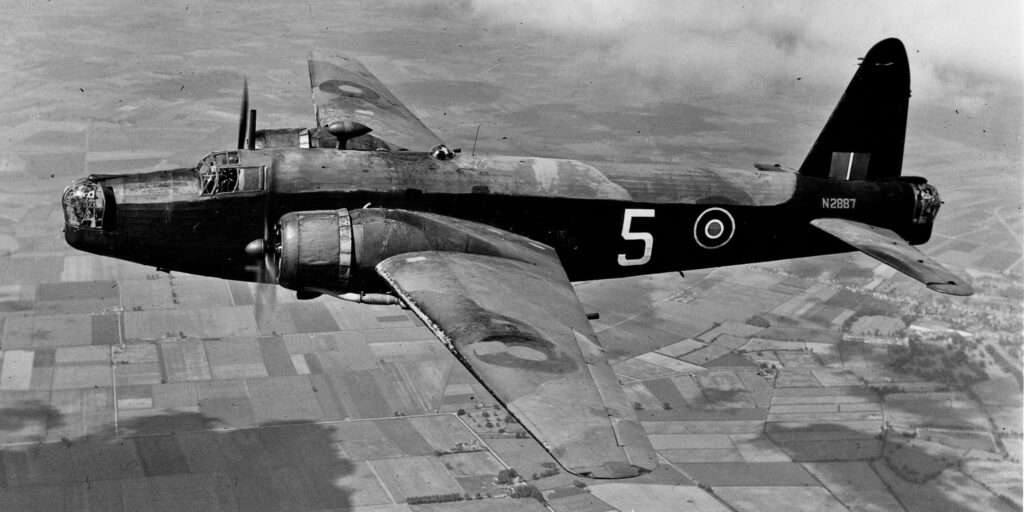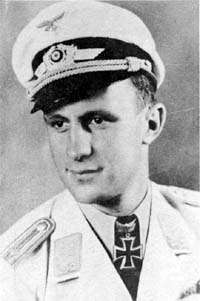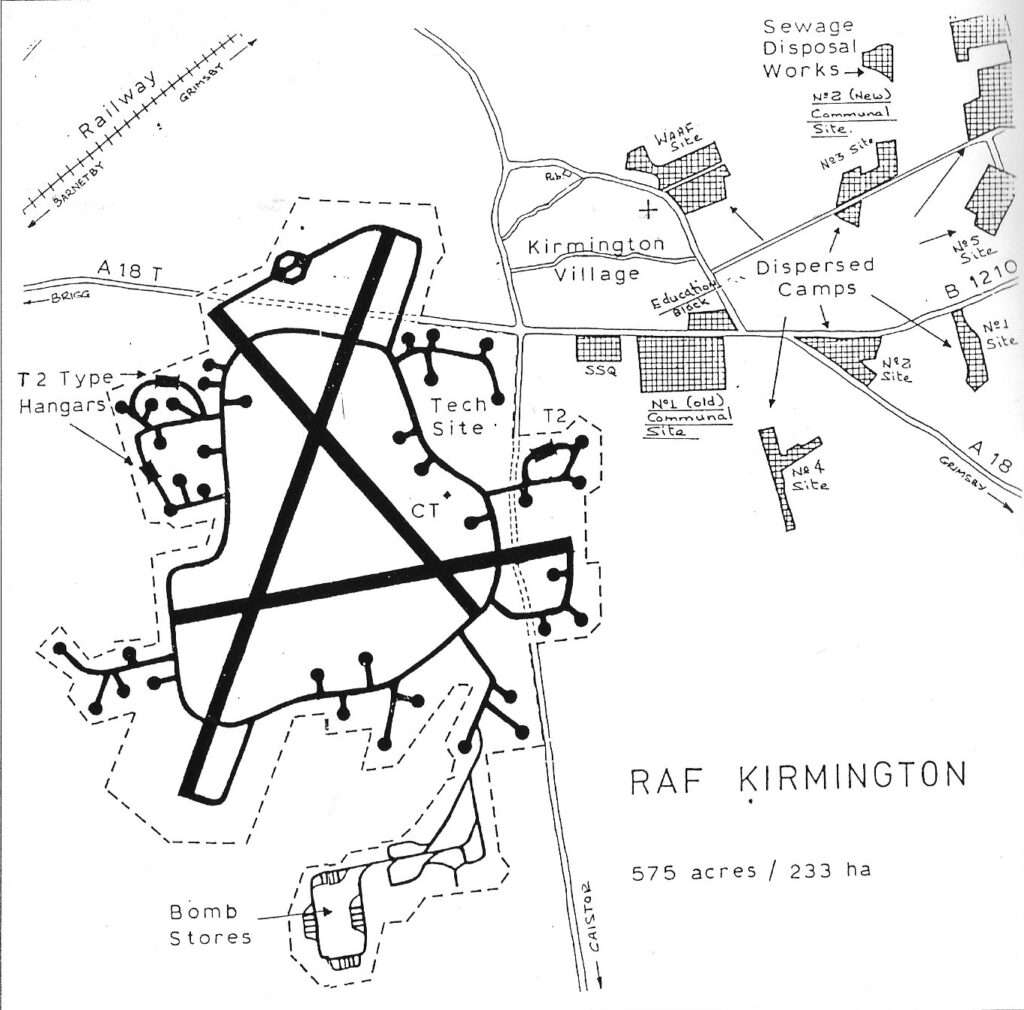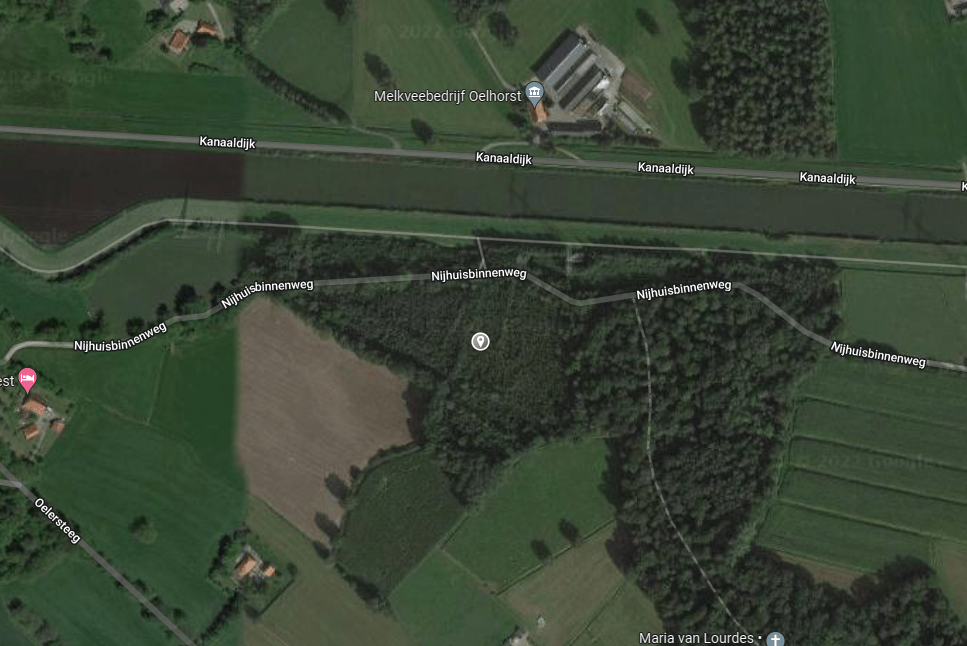002 Operation: Raid to Essen HE752 27/28 may 1943 (Oele near Hengelo)

Pilot F/Lt. D.T. Tonkinson and his crew
Date: 27/28-MAY-1943
Time: 00:54
Type: Silhouette image of generic well model; specific model in this crash may look slightly different
Vickers Wellington Mk X
Owner/operator: 166 Squadron Royal Air Force (166 Sqn RAF)
Registration: HE752
MSN:
Fatalities: Fatalities: 5 / Occupants: 5
Aircraft damage: Written off (damaged beyond repair)
Location: Boersbosch, Nijhuisbinnenweg, Oele near Hengelo, Overijssel-Netherlands
Phase: Combat
Nature: Military
Departure airport: RAF Kirmington (EGNJ)
Narrative:
Shot down by night fighter pilot Leutnant Hans-Heinz Augenstein of the 7./NJG 1, flying a Bf 110 G-4 from Twente airfield.
Target: Essen
Call Sign: AS-W
Takeoff time: 23:02
Crew:
Pilot F/Lt. D.T. Tonkinson 51064 RAF Hengelo D 1 65
Navigator Sgt. P. Guest 1167534 RAF Hengelo D 1 63
Nav ba F/O. T.D. Brown 124924 RAF Hengelo D 1 64
Wo ag P/O. A.D. Johnson 138812 RAF Hengelo D 1 65
Air gunner Sgt. N.P. Rayner 1385954 RAF Hengelo D 1 62
Hans-Heinz Augenstein
Hans-Heinz Augenstein (11 July 1921 – 7 December 1944)

was a German Luftwaffe military aviator and flying ace during World War II.
A flying ace or fighter ace is a military aviator credited with shooting down five or more enemy aircraft during aerial combat.
Operating as a night fighter pilot, he was credited with 46 aerial victories, of which 45 were four-engine bombers, all of which
claimed in Defense of the Reich.
Born in:
Pforzheim-Brötzingen, Augenstein grew up in the Weimar Republic and Nazi Germany. He joined the military service in the
Luftwaffe and was trained as a night fighter pilot. Following flight training, he was posted to
Nachtjagdgeschwader 1 (NJG 1—1st Fighter Wing) in 1942. Flying with this wing, Augenstein claimed his first aerial
victory on 13/14 May 1943 over a Royal Air Force bomber aircraft. In March 1944, he was appointed squadron leader of 12.
Staffel (12th squadron) of NJG 1 and was awarded the Knight’s Cross of the Iron Cross on 9 June 1944 for 35 nocturnal aerial
victories claimed. On 7 December 1944, Augenstein was killed in action when he was shot down by a RAF night fighter near Münster.
Augenstein was born:
on 11 July 1921 in Pforzheim-Brötzingen, at the time in the Republic of Baden of the Weimar Republic.
World War II:
In Europe began on Friday, 1 September 1939, when German forces invaded Poland. Following the 1939 aerial Battle of the
Heligoland Bight, Royal Air Force (RAF) attacks shifted to the cover of darkness, initiating the Defence of the Reich campaign.
By mid-1940, Generalmajor (Brigadier General) Josef Kammhuber had established a night air defense system dubbed the Kammhuber
Line. It consisted of a series of control sectors equipped with radars and searchlights and an associated night fighter.
Each sector named a Himmelbett (canopy bed) would direct the night fighter into visual range with target bombers. In 1941,
the Luftwaffe started equipping night fighters with airborne radar such as the Lichtenstein radar. This airborne radar did
not come into general use until early 1942.
Night fighter career:
A map of part of the Kammhuber Line. The ‘belt’ and night fighter ‘boxes’ are shown.
Augenstein first served with 3. Staffel (3rd squadron) of Nachtjagdgeschwader 1 (NJG 1—1st Fighter Wing) during mid 1942.
In late 1942, Augenstein transferred to 7. Staffel. This squadron was part of III. Gruppe (3rd group) of NJG 1 and at
the time commanded by Hauptmann Wolfgang Thimmig. Augenstein was credited with his first aerial victory on the night
of 13/14 May 1943 when he shot down an Avro Lancaster bomber 6 kilometres (3.7 miles) east of Lingen, On the night of
23/24 May, RAF Bomber Command sent 829 heavy bombers to Dortmund of which 38 were lost. Defending against this attack,
Augenstein shot down a Handley Page Halifax 6 km (3.7 mi) southwest of Raalte.
Bomber Command sent 518 bombers on a mission to bomb Essen on the night of 27/28 May, 23 bombers did not return
to England. Augenstein was credited with four aerial victories that night, including three Halifax and a
Vickers Wellington bomber. The Wellington was HE752 from No. 166 Squadron which crashed near Hengelo. On 11/12 June,
Bomber Command attacked Düsseldorf with 890 bombers. The RAF lost 43 aircraft that night, including a Lancaster bomber
shot down by Augenstein 8 km (5.0 mi) northeast of Deventer. The following night, Bomber Command lost 24 bombers
in an attack on Bochum.[14] Augenstein was credited with the destruction of two Halifax bombers that night.
Augenstein was awarded the German Cross in Gold (Deutsches Kreuz in Gold) on 16 January 1944.
Squadron leader:
And death On 1 March 1944, Augenstein was made Staffelkapitän (squadron leader) of 12. Staffel of NJG 1[6] On the night of 27/28 May,
Bomber Command attacked Leopoldsburg. Augenstein claimed three Halifax bombers shot down that night, taking his total to
40 aerial victories.[17] A little less than two weeks later, on 9 June, hewas awarded the Knight’s Cross of the Iron Cross
(Ritterkreuz des Eisernen Kreuzes).[6] Augenstein was shot down on the night of 15/16 June near Roubaix, possibly by Flight
Lieutenant W. W. Provan from No. 29 Squadron.
On the night of 2/3 November, flying from an airfield at Dortmund, Augenstein claimed his last three aerial victories
during a RAF raid on Düsseldorf. On the night of 7 December 1944, Augenstein’s Messerschmitt Bf 110 G-4
(Werknummer 140078—factory number) was shot down 10 km (6.2 mi) northwest of Münster-Handorf by a
De Havilland Mosquito night fighter of the Fighter Interception Unit, flown by RAF ace Flight Lieutenant
Edward Richard Hedgecoe and Flight Sergeant J.R. Whitham.[20] Augenstein and his Bordfunker Feldwebel Günther Steins
were killed but his air gunner Unteroffizier Kurt Schmidt bailed out unhurt. Augenstein was credited with 46
victories, all recorded at night and including 45 four-engine bombers.

